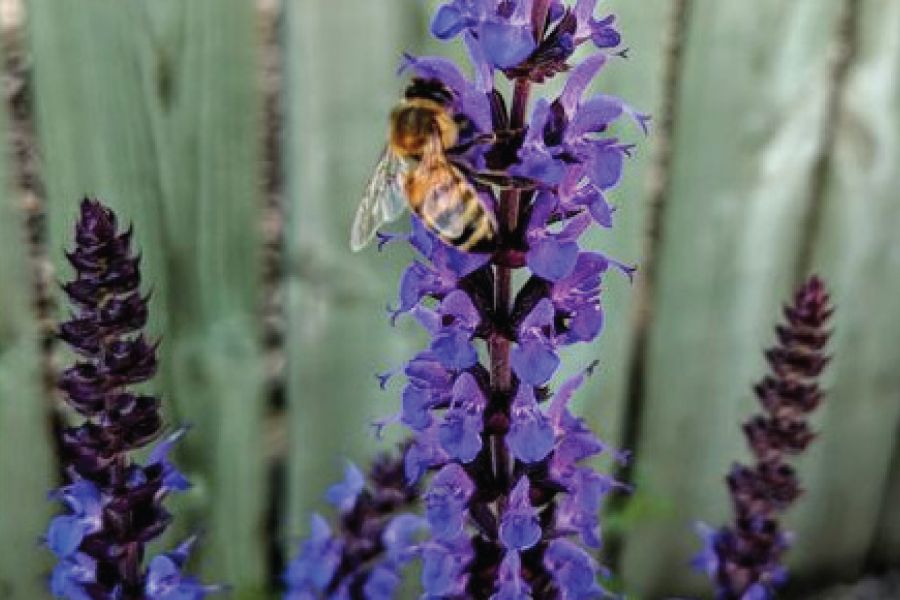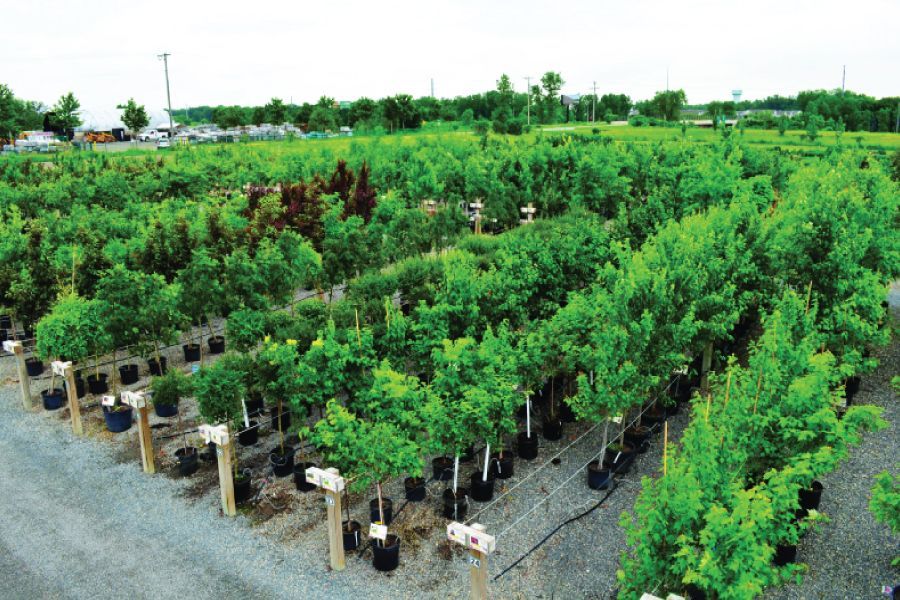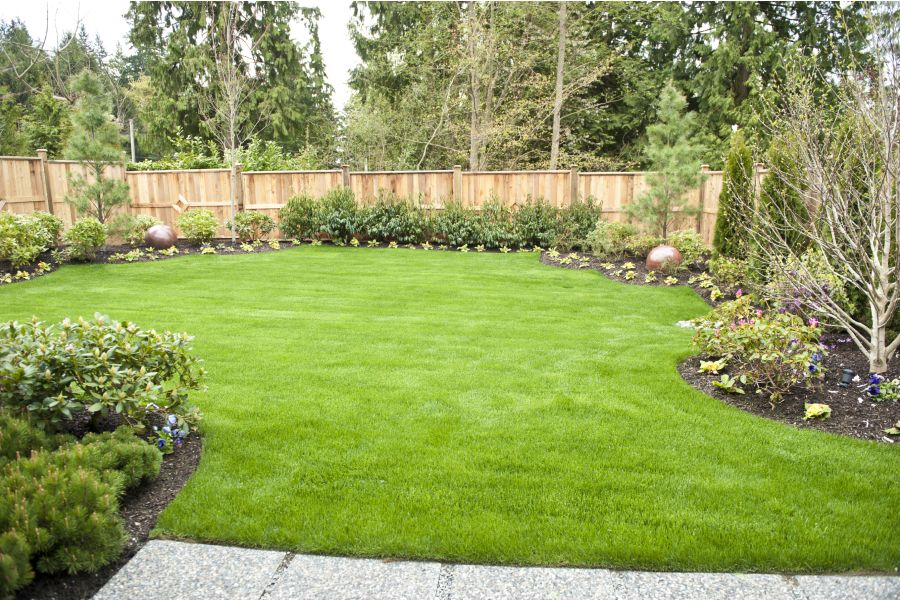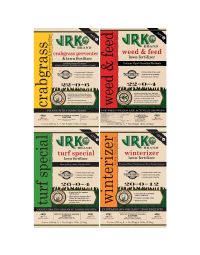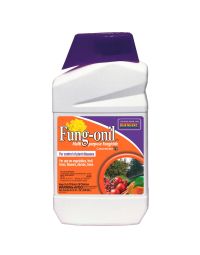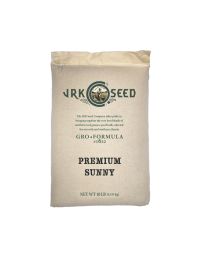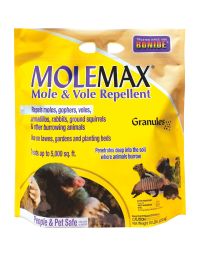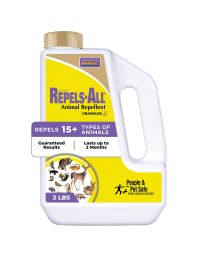Top Ten Lawn Tips
Dave has been with Gertens for 9 years in a variety of positions giving him a breadth of knowledge in many areas, but his passion is lawn. He continues to attend product training each year on the variety of products we offer as well as industry trade shows. If you’ve been to L&G, then Dave is probably on a first name basis with you! He has a passion for helping our customers get exactly what they need.
Note: Click on links for more product information.
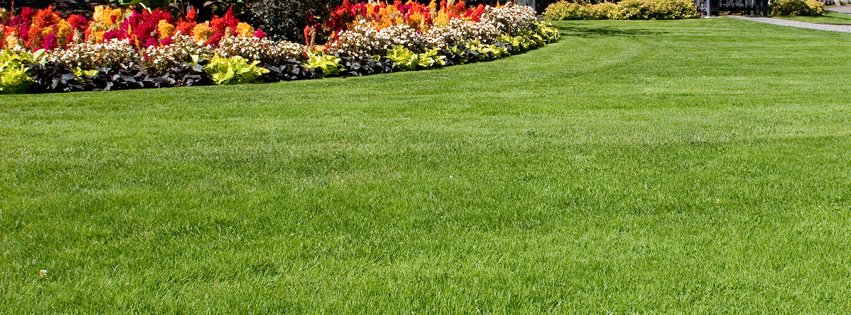
Fertilize: JRK 4 step fertilizer program lays out the timeline for applications. Beginning with Crabgrass Preventer in April, followed by Weed & Feed in May/June. Next is Turf Special in August (avoid 80-degree temperatures or higher) and last, put down Winterizer in September/October. Be sure to talk with our experts if you have questions.
Dethatch or Aerate: Dethatching should only be done if you have a thick carpet of lawn. Likely where it was sodded and usually in full sun. Core aeration is great for clay and even loamy soil. Do this in Fall each year. Aeration allows your lawn to breathe! It offsets density and compaction.
Mowing: Lawn grass should be around 3 ½ inches tall during the season. This is to prevent drying out of the soil. (Think drought) Drop the blade to 2 ½ inches for your final cut in Fall. This helps prevent snow mold in Spring and deters voles from munching on the roots all Winter. As for mulching or bagging your grass, mulching is best, followed by not bagging, then bagging. If you’re regularly mowing, there shouldn’t be the buildup of thatch. Bagging may look nice but adds nothing to your lawn and, instead, slowly strips away nutrients.
Fungicides: These are used to fight off a plethora of diseases which generally arise just before the high heat sets in. Adding a fungicide such as Chlorothalonil will help with Snow Mold, Dollar Spot, Red Thread and Brown Patch Disease to name a few. Apply them before the problem starts, that means before the high heat of Summer. Adding them afterward will slow the disease but not kill it. There are many fungicides; I choose Chlorothalonil.
Watering: For a traditional lawn, an inch of water a week is the minimum. Watering should be done just before sunrise, completely avoid watering at night because it promotes fungal issues.
Overseeding: This is best done around Labor Day weekend. If you’re overseeding for maintenance, you can make a single pass (follow instructions on the package). If you have bare spots where the lawn is struggling, add more seed to the area. Be sure to keep that area watered. It’s important to add the right seed. We offer several JRK seed combinations.
Soil amendments: Gypsum. Gypsum is made up of trace minerals (calcium and sulfur). It’s a non-burning amendment for the soil and helps to neutralize and move salts and other toxins through the soil, allowing the lawn to breathe a little better.
Pest control: Pests come in many forms. Rodents, rabbits, deer and birds and those grubs, including Japanese Beetle grubs. All of them can do plenty of damage. We carry a number of products and have more information on deterring Wildlife and controlling grubs and other pests. Click on links to our LEARN articles. Mole Max and Repels-All are a couple of great options for most of the wildlife.
Alternative lawn options: First understand what your goal is and your expectations. Installing prairie grasses and native plants will create a more natural look. It provides a terrific environment for pollinators, is low maintenance and does not require fertilizers. Some think it looks “unkept”. Another option is to plant ground cover, perennial plants and even mulch beds with statuary. It reduces lawn size while providing a good balance that’s pleasing to the eye.
*The trickiest part is managing your expectations. If you want a gorgeous lawn but don’t want to use fertilizers, herbicides, don’t like to mow, use only organics and done cheaply, you’re expecting a miracle.
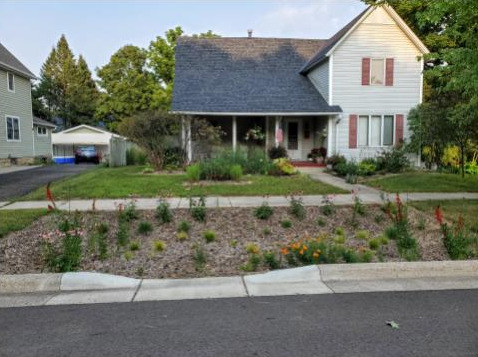
Alternative lawn includes a new rain garden and several smaller garden beds


